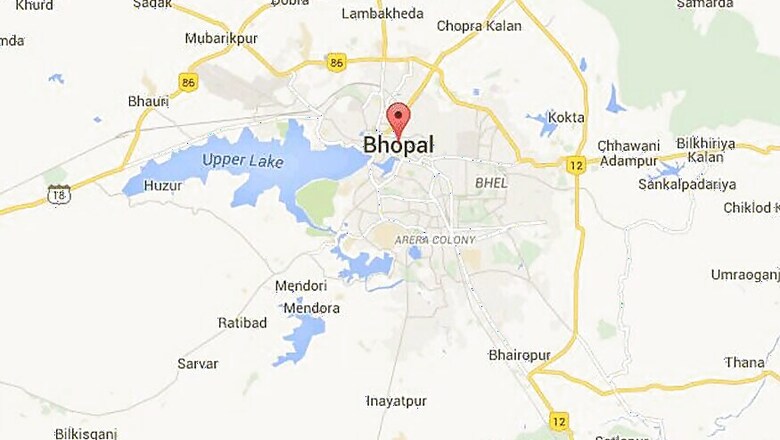
views
Bhopal: Bhopal marked its 68th foundation day on Thursday. As the country had tasted freedom at the stroke of midnight on August 15, 1947; Madhya Pradesh’s capital Bhopal attained freedom two years later on June 1, 1949.
The city commemorates June 1 as foundation day when 225 years of dynastic rule, which started from 1724, came to an end and the princely state became part of the Indian federation for good.
It took two years of struggle from the freedom fighters including the first President of India, Shankar Dayal Sharma, before the Bhopal princely state became part of the Indian union.
Dost Mohammad Khan, an afghan mercenary, established the state of Bhopal around 1723-24. His son, Yaar Mohammad Khan became Bhopal’s first Nawab in 1728.
The last Nawab, Hamidullah Khan, was undecided when India attained freedom on August 15, 1947. Jinnah invited him to Pakistan by offering him the post of Secretary General and Khan wanted her daughter Abida Sultan to take over as Bhopal administrator but she declined.
In March 1948, he announced that Bhopal state would remain a free state and formed his cabinet appointing Chaturnarayan Malviya as his Prime Minister. However, a rebellion started over demand to merge Bhopal into the Indian state.
After Hamidullah left for Haj in October 1948, an agitation began in December 1948 in the state. Sharma spearheaded the agitations and was jailed for eight months along with others on Jan 23, 1949.
In between, then home minister Sardar Patel made it clear that Bhopal could not be independent and had to be merged with the Indian state. With pressure mounting, the Nawab dissolved the cabinet and took the reins of rule in his hands.
Following three months saw unprecedented rebellion which forced Hamidullah to sign the Agreement of Accession on April 29, 1949. After an administrative process, Bhopal officially merged with the Indian state on June 1, 1949.
The Bhopal state was merged into the Madhya Pradesh on November 1, 1956.




















Comments
0 comment